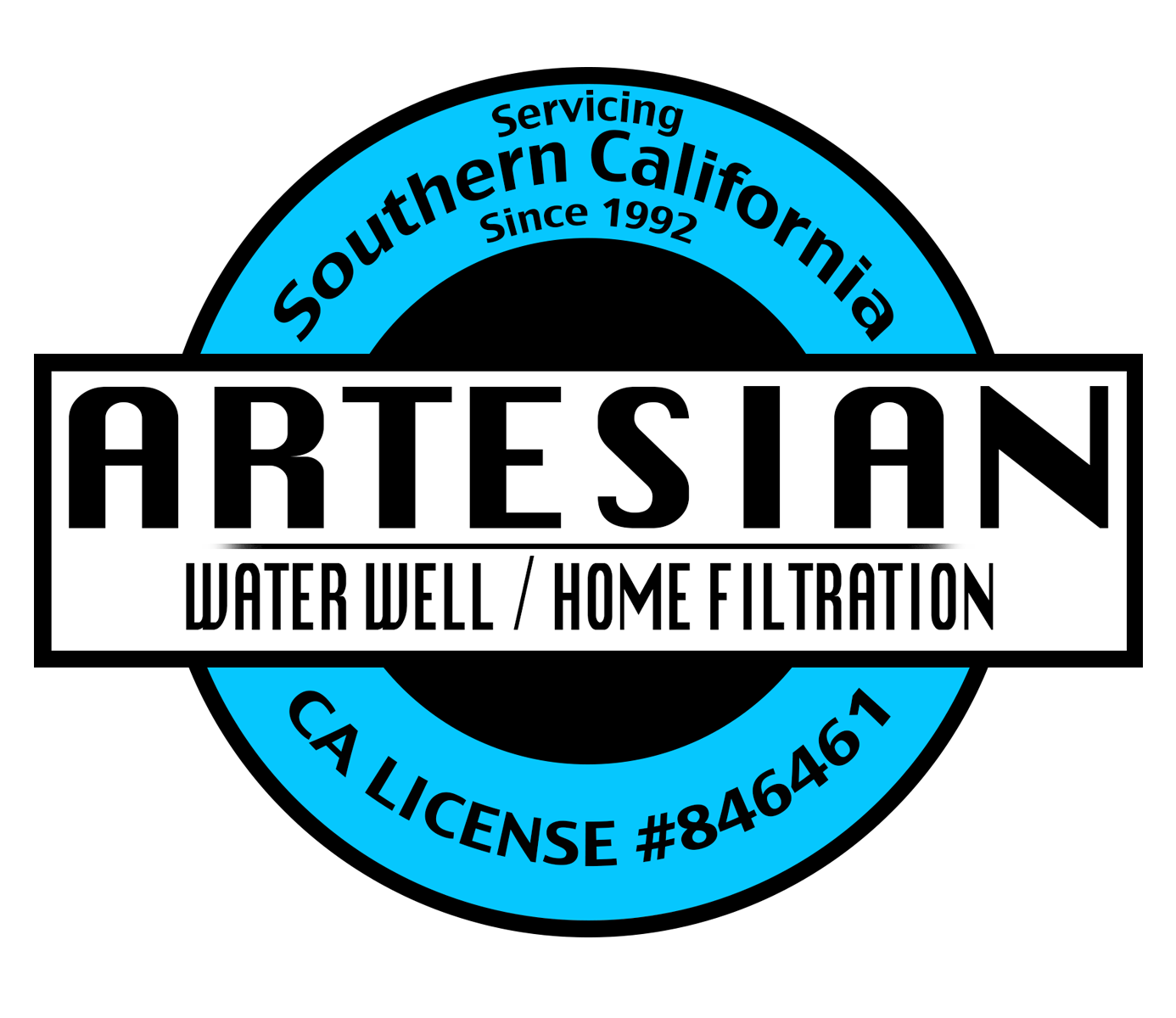How deep should a water well in Southern California be drilled?
The depth of a water well in Southern California varies based on local geology, groundwater availability, and the well’s intended use (e.g., domestic, agricultural, or commercial). There is no single standard depth, as conditions differ across the region, from coastal areas to inland valleys and mountainous regions. Below is a detailed breakdown based on available information:
Key Factors Influencing Well Depth
1. Geology and Aquifer Location:
• Southern California’s groundwater is found in aquifers, which can be shallow near the coast (closer to the water table) or much deeper inland, especially in areas like the Central Valley or San Joaquin Valley.
• In coastal areas, the water table may be shallower, sometimes within a few hundred feet. Inland, the water table can be 1,000 feet or deeper, particularly in overdrafted basins.
• In mountainous or fractured rock areas (e.g., San Diego’s East County), wells often need to be deeper to reach water in fissures, sometimes 1,200–1,400 feet or more.
2. Intended Use:
• Domestic Wells: Typically require 1–5 gallons per minute (gpm) and may be shallower (100–500 feet) in areas with accessible groundwater. However, in overdrafted or drought-affected areas, depths of 600–1,000 feet or more may be necessary.
• Agricultural Wells: Often need higher yields (50–500 gpm or more) and are frequently drilled deeper, ranging from 500 to over 2,000 feet, especially in the Central Valley where water tables have dropped due to heavy pumping.
• Commercial/Industrial Wells: May require similar or greater depths depending on water demand and location.
3. Drought and Overpumping:
• Southern California, particularly the Central Valley, has experienced significant groundwater depletion due to drought and agricultural overpumping. Wells that were once sufficient at 500 feet now often need to be 1,000–2,000 feet deep to reach receding water tables.
• In San Diego’s East County, wells that were historically 600–800 feet are now commonly 1,200–1,400 feet due to declining groundwater levels.
4. Regulatory and Permitting Requirements:
• Well depth must comply with California Water Well Standards (Bulletins 74-81 & 74-90) and local permitting agencies, such as county environmental health departments or groundwater sustainability agencies (GSAs) under the Sustainable Groundwater Management Act (SGMA).
• Drillers must log water-producing zones during construction to determine the optimal depth for casing and pump placement.
Typical Well Depths in Southern California
• Coastal Regions (e.g., Los Angeles, Orange County):
• Shallower wells (100–500 feet) may suffice in areas with high groundwater recharge, but deeper wells (500–1,000 feet) are often needed due to urban demand and contamination risks.
• Contamination from surface pollutants can necessitate deeper drilling to reach cleaner aquifers.
• Inland Valleys (e.g., San Bernardino, Riverside):
• Domestic wells typically range from 200–800 feet, but deeper wells (800–1,500 feet) are common in areas with declining water tables.
• Agricultural wells may exceed 1,000–2,000 feet, especially in overdrafted basins.
• Central Valley (e.g., Kern, Tulare Counties):
• Agricultural wells often range from 500–2,000 feet or more, with some exceeding 2,000 feet due to severe groundwater depletion.
• Domestic wells in this region may be 350–1,000 feet, but deeper drilling (up to 2,000 feet) is increasingly common to access clean water.
• Mountainous Areas (e.g., San Diego East County, Jamul):
• Wells in fractured rock geology often require depths of 600–1,400 feet or more to reach water in underground fissures.
• Costs increase significantly with depth due to the complexity of drilling in hard rock.
Practical Considerations
• Drilling Costs: Costs escalate with depth. For example, a 1,000-foot agricultural well in the Central Valley may cost $300,000–$400,000, including drilling, casing, and pump installation. Domestic wells are cheaper but still significant, often $10,000–$50,000 for 200–1,000 feet.
• Water Quality: Deeper wells may encounter natural contaminants like arsenic or nitrates, especially in the Central Valley, requiring additional treatment.
• Pre-Drilling Surveys: Companies like Southwest Groundwater Surveyors use seismo-electric instruments to estimate depth and flow rate before drilling, reducing the risk of dry wells.
• No Guarantee of Water: Even deep wells may not hit water, as success depends on local aquifer conditions. Well drilling is often compared to “legalized gambling” due to this uncertainty.
Recommendations
1. Consult a Licensed C-57 Well Driller: Only licensed contractors can drill wells in California. They will assess local geology, aquifer depth, and water yield potential.
2. Obtain Permits: Contact your local environmental health agency or GSA for permits and to review SGMA restrictions, which may limit pumping in overdrafted areas.
3. Check Well Logs: Request Well Completion Reports from the California Department of Water Resources or your county to understand historical well depths and groundwater conditions in your area.
4. Monitor Groundwater Levels: Use tools like the USGS National Water Dashboard or California’s Water Data Library to check local groundwater levels and anticipate drought impacts.
5. Plan for Maintenance: Regular inspections and pump tests are critical to ensure long-term well performance, especially in drought-prone areas.
Example Depths by Area
• San Bernardino County: Domestic wells often 200–800 feet; agricultural wells 800–1,500+ feet.
• San Diego East County: 600–1,400 feet, with deeper wells in fractured rock areas.
• Central Valley (Kern/Tulare): Agricultural wells 500–2,000+ feet; domestic wells 350–2,000 feet.
• Coastal Southern California: 100–1,000 feet, depending on aquifer depth and contamination risks.
In conclusion
The depth of a water well in Southern California typically ranges from 100 to 2,000 feet or more, depending on location, geology, and use. Domestic wells are often 200–1,000 feet, while agricultural wells may exceed 1,000–2,000 feet, especially in the Central Valley or overdrafted areas. Consult a licensed C-57 well driller, obtain permits, and review local groundwater data to determine the optimal depth for your specific site.
